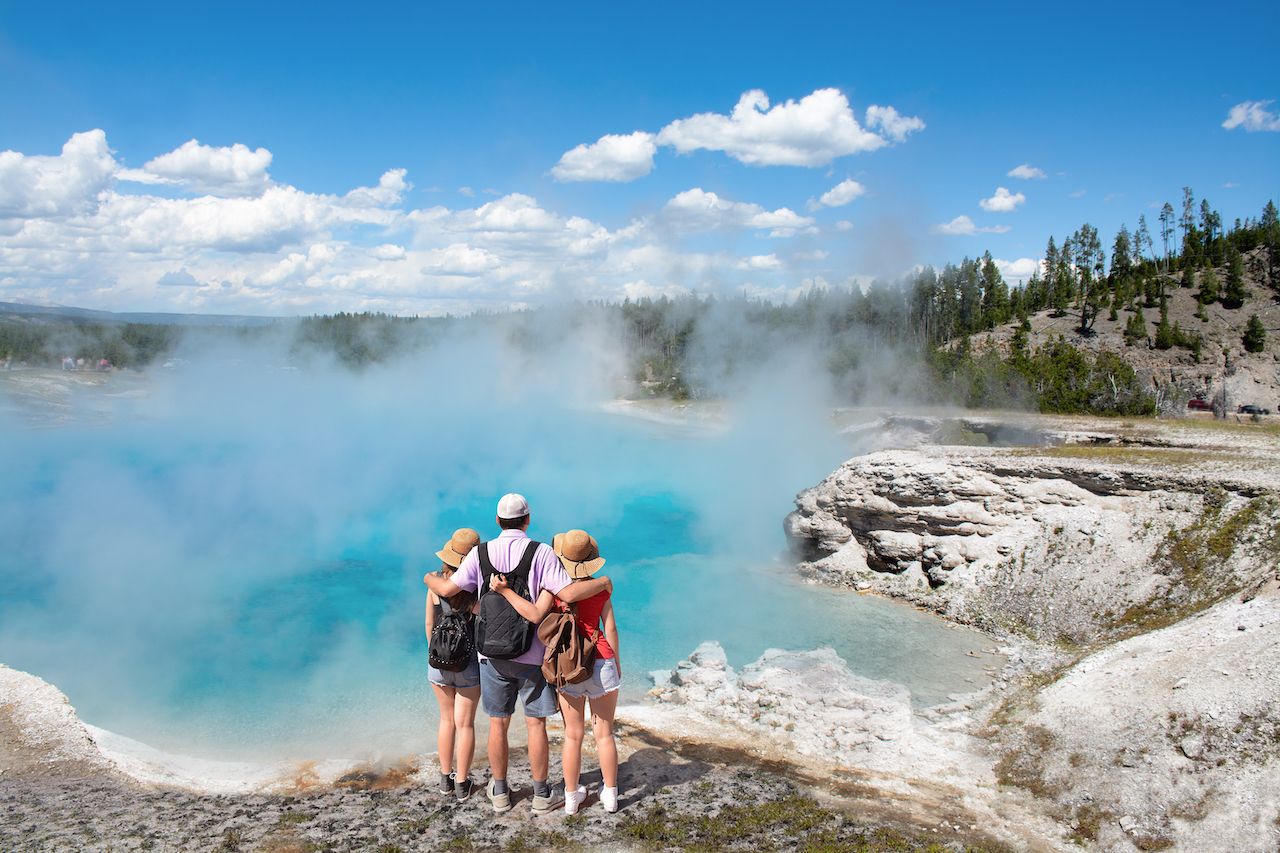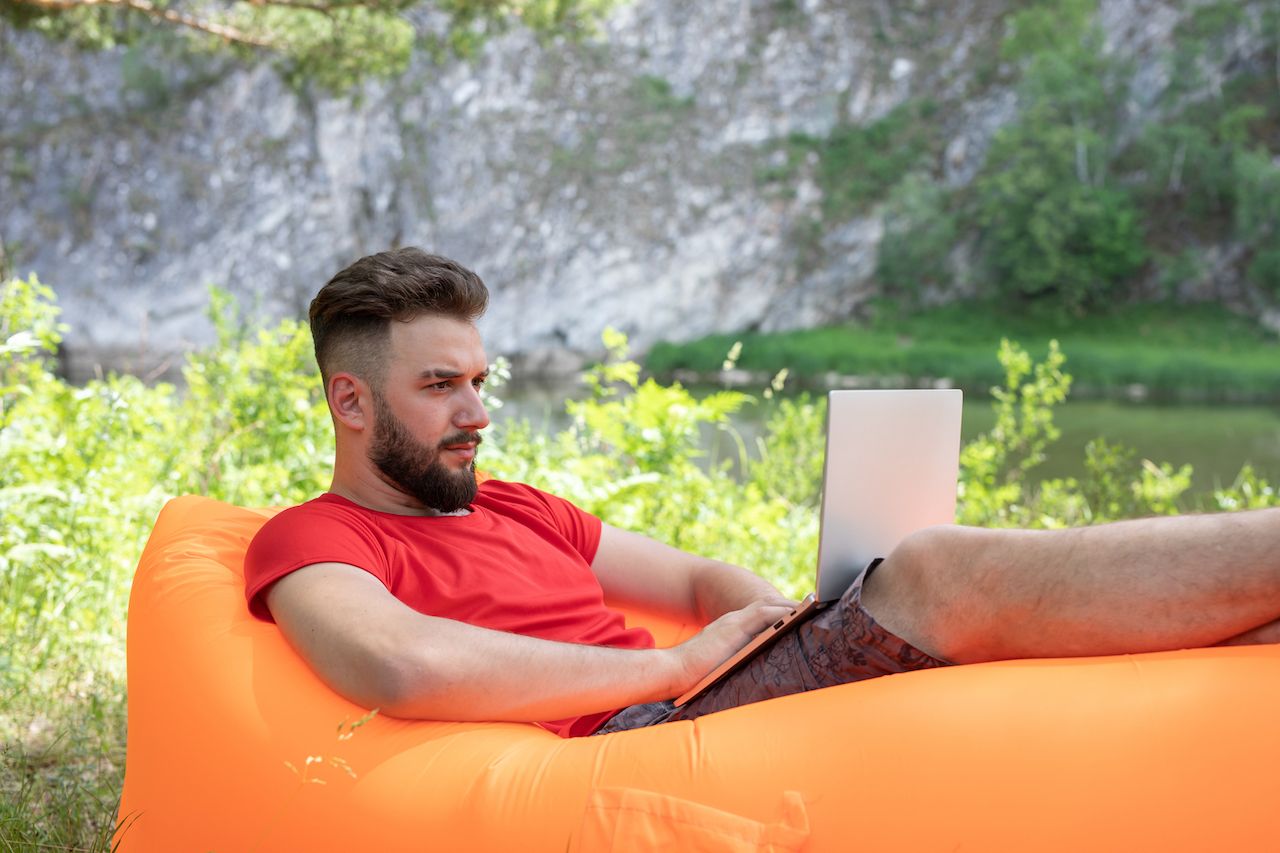This is the Travel Take, where Matador’s writers and editors make the case for their favorite travel hacks, tips, and personal tics.
There should not be free Wi-Fi at public campsites. But it might be coming anyway.
The US Department of the Interior, the government agency in charge of more than 1,400 campgrounds around the nation, lacks the financial means to properly maintain them. In keeping with the Trump administration’s apparent disdain for public lands, a committee set up by Former Interior Secretary Ryan Zinke is looking at privatizing national park campgrounds.
There’s a lot wrong with that idea, including the threat to raise prices and conduct fewer environmental impact studies. But there’s one seemingly uncontroversial piece of the package that’s also awful: the proposal to bring free wireless connectivity to campgrounds in order to attract more campers.
The fact is, free Wi-Fi at public campgrounds would undermine everything that makes camping a restorative outdoor activity.



